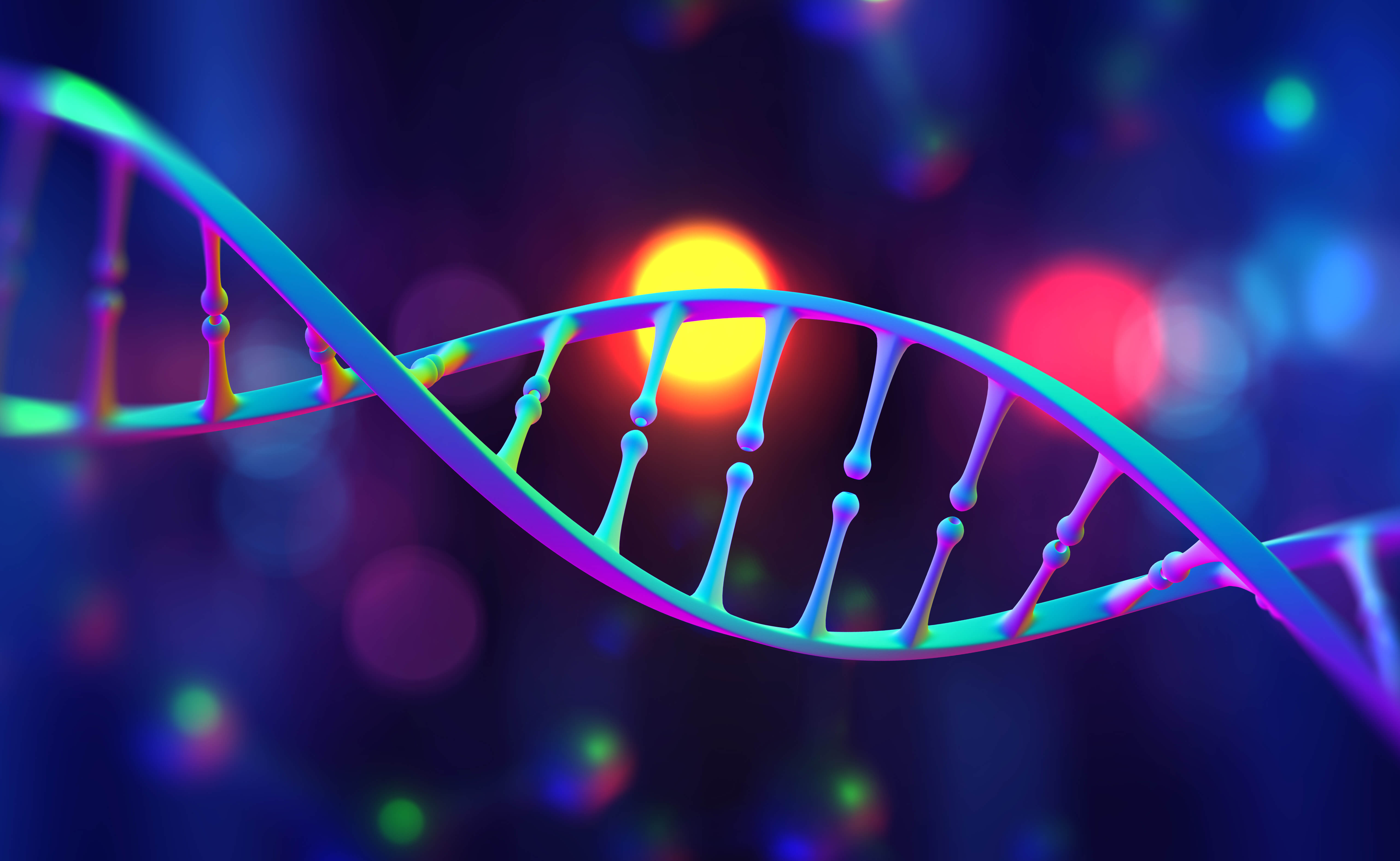
What is IVF?
In Vitro Fertilization (IVF) involves the combining of the egg and the sperm in the laboratory. A woman uses medications to produce multiple eggs. Those eggs are removed by a single, small surgical procedure performed in the office, and the eggs and sperm are mixed in the laboratory to create an early pregnancy (embryo). the quality of each embryo is assessed. An embryo is later placed into the woman’s uterus in a simple office procedure.
Although this technology was originally developed for women with blockages in their fallopian tubes, it is now used for a variety of reasons. It is still the only treatment which allows your doctor to directly see the quality of your eggs and embryos. IVF assists in the fertilization of your eggs and bypasses all problems with fallopian tubes. IVF is the treatment with the highest overall pregnancy rates. IVF can also help preserve fertility for the future.
Medications: Women usually take medications to grow multiple eggs. Ultrasound and bloodwork are used to monitor the progress of the cycle. Increasing a woman’s egg production helps increase chances of finding a healthy egg for pregnancy.
Egg Retrieval: A simple procedure, usually 10-15 minutes in duration, is performed in the office by your trained reproductive physician. Our anesthesiologists usually give you sedation to make you comfortable. You will likely want to rest a little afterward but there are very few restrictions.
ICSI: Intracytoplasmic Sperm Injection (ICSI) involves a separate procedure to directly place a sperm in an egg during an IVF cycle. Couples often require this procedure if the male partner has abnormal sperm characteristics, if sperm was surgically obtained, if the couple previously underwent IVF with poor fertilization rates, or if the outer covering of the eggs is very thick. Most patients opt to have this procedure performed in order to maximize fertilization rates and the number of embryos available.
Embryo Growth and Development: Once the eggs removed, they are placed in specialized growth media in the IVF laboratory for fertilization with IVF or ICSI. The embryos are grown in special fluid and are checked periodically for development and quality.
Blastocyst Embryos: Embryos from any treatment must develop to the blastocyst stage in order to achieve pregnancy. Embryos usually become blastocysts 5-6 days after egg retrieval. Embryos can be assessed for quality through visualization of their growth and expansion. Blastocyst embryos can be placed back inside the uterus, frozen for future use, or tested for chromosome errors. Most patients will have their embryos grown to the blastocyst stage to optimize selection of the best embryo.
Embryo Cryopreservation: Embryos can be frozen for current and for future use. Frozen embryos can be thawed at any time in the future. Most patients elect to freeze all embryos made in order to perform chromosome testing (PGT). Later they achieve pregnancy through a frozen embryo transfer (FET).
Embryo Transfer: Placement of an embryo back into the uterus is via a simple office procedure. The best embryo for transfer can be selected based on both physical appearance and often based on chromosome testing. It is usually our policy to transfer only one embryo at a time (single embryo transfer) to maximize your overall success and to minimize multiple pregnancies. Most transfers are now frozen embryo transfers but some patient still elect to have a fresh embryo transfer.
Preimplantation Genetic Testing (PGT): PGT involves genetic testing of the embryo for chromosomes and or specific genetic disorders. First, embryos are assessed by our laboratory for their quality. At the blastocyst stage, embryos are genetically tested by removing a few cells from the outside of each embryo. We biopsy blastocyst embryos both 5 and 6 days after egg retrieval. At Island reproductive services, we only biopsy embryos which advance to the hatching stage so as not to damage the embryo. Earlier biopsy can be harmful to implantation. The cells are sent to a specialized genetic laboratory for testing. Embryos can be tested for the following problems:

1. Chromosomes – Chromosome errors can occur randomly in any egg or sperm. Errors are more likely to occur in eggs and increase with a woman’s age. Even in women at age 35, approximately 50% of eggs are chromosomally abnormal. Errors can involve an entire chromosome or part of a chromosome.
2. Structural Abnormalities – Some women and woman carry chromosome abnormalities that may be passed along to their child. These are usually translocations and often lead to infertility, miscarriages, or an affected child.
3. Genetic Diseases: Some families may have a known genetic disease in family members. A man or a woman may have the disease or may carry an abnormal disease mutation. These include autosomal recessive diseases (both the egg and sperm must carry the mutation to cause the disease in a child), autosomal dominanat disease (if either the egg or sperm carries the mutation a child has a 50% chance of getting the disease), or X linked (usually passed along from the eggs of a woman who carrier the abnormal mutation).
